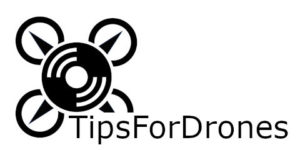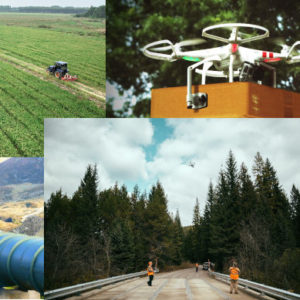Drones are an amazing technology with many interesting applications. Last week I asked myself, What are the industrial applications of drones? What industries use drones? What is an industrial drone? What are the industrial use cases of drones?
With these questions in mind, I decided to conduct some research, and I found that there are so many ways drones can be used in daily life. Drones have some obvious applications but also completely new uses that I never thought would be possible, such as district heating monitoring.
Industrial applications for drones are manifold, and new ones always crop up. Here is a list of the top 37 industrial drone applications.
1. Drones for the agriculture

In agriculture, drones can be used in many ways, starting with sowing seeds and ending with harvesting. Completely new possibilities for monitoring and optimizing are also available, such as the detection of dry spots in the field. For more details, click here.
While there are many applications for drones, they are still rarely used in this industry. This is due, on the one hand, to the current high costs and, on the other hand, to the low level of knowledge of farmers about the many possibilities of drones.
2. Drones for forestry
The use of drones in forestry is similar to that in agriculture. The planting of individual seeds with a specific location, such as mangroves, is pronounced.
For forestry, monitoring pests such as bark beetles is important. For this purpose, drones are used to make infrared images of the forest. An algorithm recognizes sick trees in the subsequent analysis.
With the GPS data of the infested tree, the forester then initiates a single-stem harvest. As a result, bark beetles in the forest cannot spread, and their damage remains as low as possible.
3. Police support from the air with drones
Police helicopters often serve as a deterrent, but sometimes the police want to take pictures and videos from the air unnoticed. For this, drones are optimally suited.
Due to the small size of drones, they can be easily transported and are easy to control. This allows the police to conduct surveillance and monitor people quickly and efficiently.
With a thermal imaging camera, people can also be detected and observed at night. Speakers on drones are used to contact people.
4. Search missions and support of rescue operations by drones
In alpine search missions, air support is particularly important. Areas that are difficult to reach can be searched, and the risk to rescue workers can be minimized.
In avalanche accidents, large areas can be flown over quickly with an avalanche search device, and in an emergency, a drone could fly a defibrillator to the injured before the first doctor can advance to the injured person.
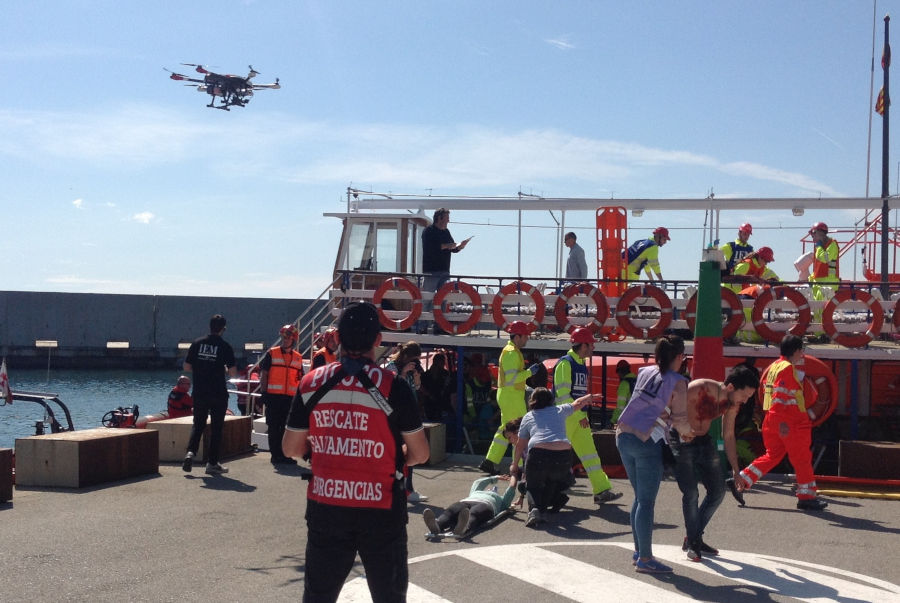
5. Civilian surveillance by drones
The use of drones is crucial not only for emergency services but also for the civilian population. For example, large companies monitor their premises. Especially at night, unwanted people can be detected quickly and easily with the help of thermal imaging cameras.
Large railway operators use drones to catch and track copper thieves.
For this area, operator companies would rather have fully automated systems. If they see any irregularities, they would pass on this information to a security guard.
6. Assistance in disaster relief using drones
Large-scale disasters such as floods and earthquakes present a huge challenge to emergency services. Many units need to be coordinated, and the need for additional materials must be estimated and prioritized.
Here, a first quick overview is particularly important. Drones can be used to determine immediately the areas that still need help and the best routes the forces can take.
In image data analysis, path widths are measured, and if necessary, evacuation machines can be organized. The resource and relief goods order can thus be carried out much faster.
This market is manageable, and the funds required by relief organizations are rather limited and strongly dependent on the countries.
7. Drones for spatial planning and architecture
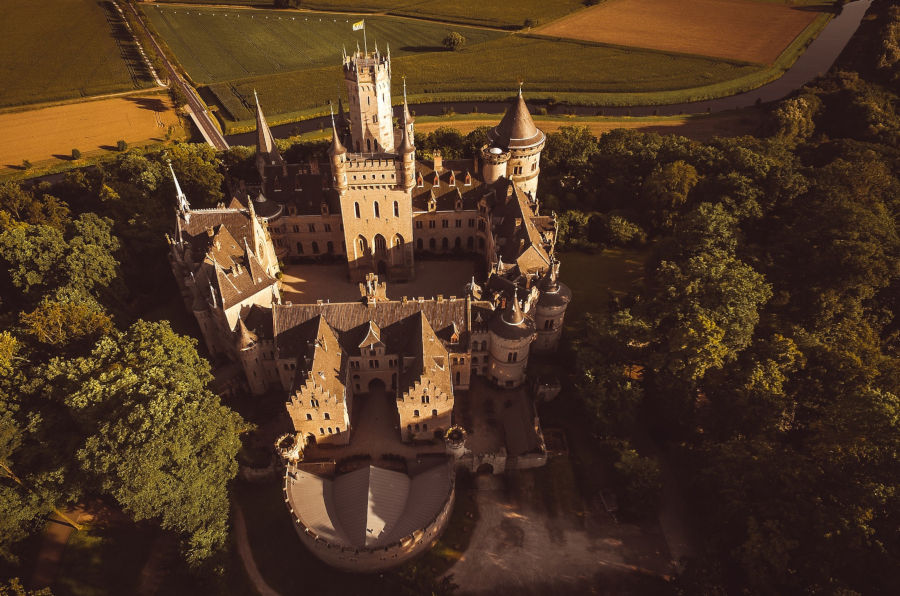
Architects are always trying to integrate new buildings into the existing environment. Whether they want to set accents with their designs or whether they should be as integrative as possible, pictures can support this work.
Drones are best suited for this work, because they can fly very close to the roofs and thus allow a good perspective of the buildings.
These images are used from the tendering phase to the construction progress and documentation.
8. Drones for mining
Drones have two major uses in mining.
First, they are used for measuring applications in the field of surface mining. For this, the drone flies over the open pit and takes a high number of pictures in different angles and from different locations. With the so-called photogrammetry, a three-dimensional point cloud is created, from which a scale realistic map can be generated.
There is no need for georeferenced images, but there must be only two reference points to scale the map.
This map is then used for volume measurement and for the planning of the mining. Likewise, this method can be used to measure large quantities of raw materials to determine their value during the inventory.
Second, drones have a much more complicated application: the measurement of underground tunnels. Drones with an integrated laser measuring system are currently being used for this purpose. The drone scans the environment as a point cloud and then sends huge amounts of data to a computer. As soon as the measuring point is stored, the drone autonomously flies a few meters further and picks up the next point cloud.
The sum of all point clouds then provides a detailed map of the tunnel.
The big challenge is the navigation of the drone, because there is no GPS signal in the tunnel. For this purpose, reference points are used in starting the drone. Further navigation then takes place via the measured data.
9. Drones for cable car construction
The use of drones in cable car construction is critical. Powerful drones are used to lay the first ropes.
To raise the rope of a cable car, a small line or a thin rope is placed over the support from station to station. Drones take over this task as they can easily fly over ravines or trees. The rope is wound on a reel that carries the drone. The drone flies from pillar to pillar and lay the rope along the desired route.
This rope is then used to raise a thicker rope that in turn can raise an even stronger rope until finally the last thick rope of the cable car can be pulled.
10. Drones in the oil and gas industry

In the oil and gas industry, many inspection services are needed. These tasks can often be done by drones. Drones can perform a visual inspection of industrial plants such as drilling rigs.
The practical thing about using drones is that georeferenced images can be created. From these images, a model of the inspected plant is generated. This model can then be analyzed and documented. In case of damage, the insurance can be told that the damage has occurred recently, which can be easily proven. For damage that does not necessarily have to be repaired, the behavior can be tracked and monitored over a longer period.
Drones are also well suited for the inspection of pipelines. The course of the route is saved as waypoints and then flown off by autopilot.
11. Providing Internet via drones
In case of disaster or major events, good Internet access is crucial. For this task, mostly aircraft drones are used, which can remain in the air for a long time to offer a corresponding hot spot.
12. Drones for the transport industry
This use of drones is particularly interesting. In my opinion, politics will set the course for the future. If airspaces are designed so that even autonomous systems can be integrated, there is great potential for the use of drones in the transport industry.
On the one hand, drones can be used for the local distribution of small goods, such as parcels, letters, or food. On the other hand, they can be used for the transport of heavy loads over long distances such as intercontinental flights or goods deliveries for hard-to-reach places.
All flights would be autonomous and out of sight, posing a major challenge to both safety and control of the flying objects.
I’m really curious how this market will develop.
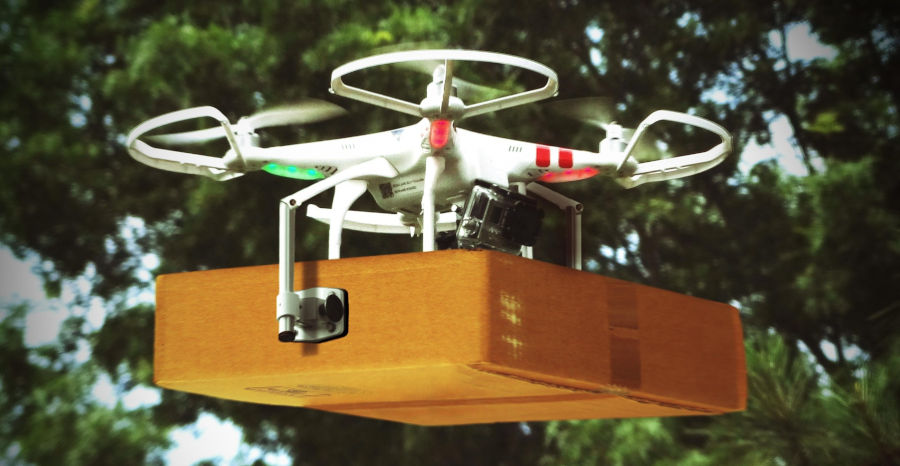
13. Medicine and medical transportation by Drones
A partial aspect of the transport industry is the transport of medicines. A pioneer in this market is Switzerland, which operates two test tracks.
Drones can transport small boxes. These boxes weigh about 2 kg and are autonomously and automatically flown between two hospitals. However, the first crash of a drone in Lake Zurich showed that this technology still needs further development.
14. Scaring off birds in the airfield with drones
Birds at the airport are one of the biggest dangers when starting an airplane. For this task, trained birds and manually controlled drones are used.
In the future, certain autonomous systems will also be used. These systems will fly off the danger area between two aircraft to drive birds away.
Drones for the film and photographic industry
The film and photographic industry is probably one of the first major industrial applications of drones. This huge market can be divided into four niches.
15. News pictures and videos
News is all about the speed of first pictures. The quality does not necessarily have to be the best, but the drone should be in the right place at the right time, which means a small, robust system, which is currently well represented by amateur drones.
16. Movie made with drones
The situation in the film industry is completely different. Quality is especially important for this purpose. Razor-sharp images and accurate, flawless camera work are required. The drones in this industry are sufficiently powerful to fly with heavy cameras. A hallmark of such drones is the elaborate gimbal and its control to adjust flight movements.
17. Sports pictures and videos with drones
When it comes to videos and photos for the sports sector, an agile and fast drone is necessary. The quality of the images is also important, but these videos are often produced in the best weather and light conditions. This condition allows smaller cameras, which in turn positively influence the drone’s flight behavior.
18. Pictures and videos during weddings, parties, and other eventswith drones
Drones take breathtaking images from an unfamiliar perspective at events. The big challenge here is the legal issue: which drone may fly over groups of people in a particular country and how must the drone be secured against disruptions and failures.
The remaining requirements are rather low, which concern the camera resolution and the gimbal, as well as the flight behavior.
Inspections using drones
Drones are probably the cheapest way to conduct inspections of any kind. For this reason, many companies have established themselves as inspection service providers at the same time as the boom in drone technology occurred. Each type of inspection has its own special needs, which companies specialize in.

19. Roof and chimney inspections
Most roofs are not easily accessible because of their tendency to be too steep. The danger of damaging the roof by walking is very high, especially with old roofs. For these reasons, drones are ideal for viewing roofs and chimneys from the outside.
The requirements for the drone are not very high. All it takes is a simple amateur drone like the DJI Mavic Air to take pictures, which are then reviewed by an expert.
20. Solar cell inspections
Solar cells are increasingly used in large solar power plants, where it is important that the system generates as much power as possible. If a solar cell panel fails, it must be replaced as quickly as possible.
To determine whether a solar panel is functioning, a drone flies over the plant and takes thermal images. In the subsequent analysis, damaged solar cells can be recognized by the different heat profiles, and repairs can be made.
All you need is an ordinary drone equipped with a thermal imaging camera.
21. Wind turbine inspections
The inspection of wind turbines is because of the big size complex without support from the air, which is why drones are predestined for cost reasons.
The requirements for an inspection are to create high-resolution, sharp images of the entire system. This makes it possible to detect damage from a few millimeters. Small cracks can then be observed from inspection to inspection and intervention can be made at a certain crack length.
This type of documentation is also relevant for the insurance claim to exclude any previous damage.
The requirements for the drone are very high. High-resolution images require a good, relatively heavy camera with a quality gimbal and smooth drone flight patterns. The winds in up to 140 m altitude can be quite strong, which requires a large drone with sufficient power.
22. Pipeline inspections
Pipelines are among the longest industrial facilities, which make their inspection and documentation very expensive.
Drones can fly off the pipeline network and film via previously programmed routes. Oil or gas leakage can be detected by thermal images due to the temperature difference. Local damage, plant growth, and local rust (pitting) are sufficiently detected by good-resolution images.
Drones for pipeline inspection should have a long flight time in addition to two cameras. In the future, the legal situation regarding the automatic departure of such facilities should also be regulated, since at present many countries require visual contact of the drone.
23. Power line inspections
Power lines usually need to be visually checked once a year. The condition of the cable itself, as well as the insulators at the masts, is checked.
This is done via an optical image, and in the case of insulators, a thermal image is needed to determine their quality.
The drone should have a long flight time and two cameras.
During the assessment, care must be taken that the drone does not fly too close to the power line. Otherwise, there is a risk of voltage indication, which can lead to a short circuit.
24. Road and highway inspections
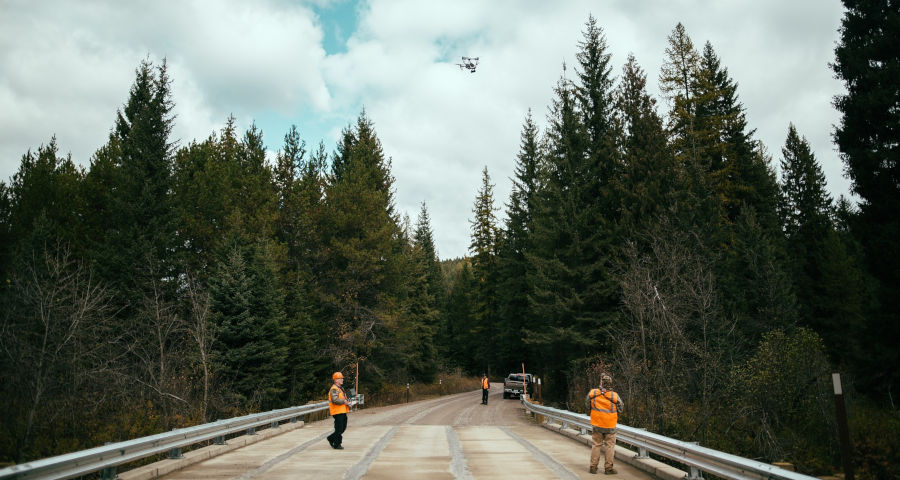
For roads and highways, the road condition is assessed. This can be done via optical control and laser measurement.
Here, the respective legal situation should be followed exactly if cars are on the road.
The requirements include sensors and a long flight duration of the drone.
25. Rail network inspections
Railway networks are checked for damage to power lines, track bed, railway sleepers, and lateral plant growth. In this case, a three-dimensional measurement of the route with a subsequent comparison to the previous measurement can provide a good overview.
This measurement can be done either by laser or by optical image composition.
Again, a long flight duration of the drone is desirable so that it could fly as profitable as possible.
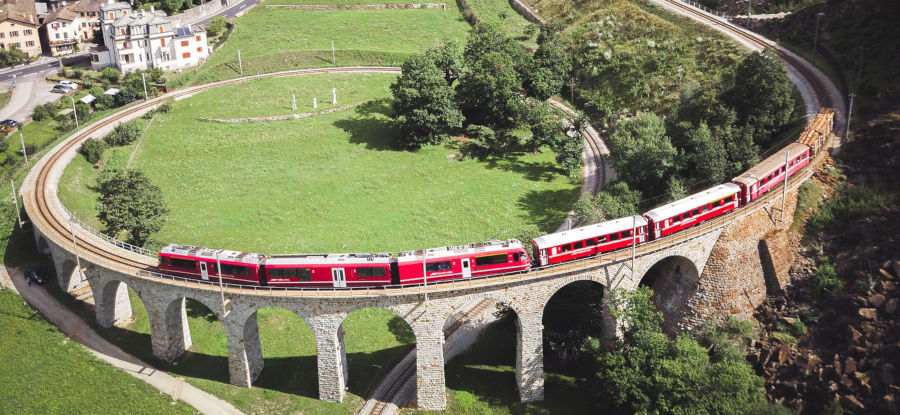
26. Tunnel inspections
I have not found substantial information for this type of inspections. This may be because flight engineering in a tunnel is much more complex than in open space, as no GPS signal is available.
This also complicates the exact documentation of any damage. For this reason, the entire tunnel would have to be measured by reference points.
This can be done by laser measurement or image documentation. A corresponding illumination of the tunnel must also be made to obtain images.
27. District heating monitoring
District heating networks can be inspected by thermal image analysis. In this case, leaks can be detected by heat difference.
Such inspection flights are carried out at night, since then the environment is colder in relation to the district heating. If the district heating network has a leak, part of the warm water flows into the surrounding soil. The surrounding soil is heated up to the surface. This creates a visible difference in the thermal image.
The huge challenge here is the approval of the night flight mostly in densely populated areas.
28. Aircraft inspections
Although drones are not welcomed at large airfields, they can be used for a quick inspection of large aircraft.
Here, neither an above-average flight duration nor an exceptional image quality is needed.
29. Bridge inspections
Drone inspection has become popular in saving expensive scaffolding or lifting platforms.
The requirements are similar to those in the inspection of wind turbines.
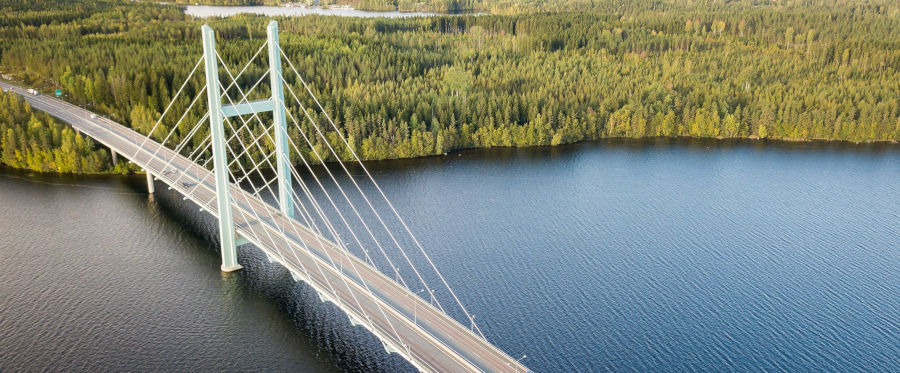
30. Skyscraper inspections
Drone inspection is only beneficial to inaccessible areas such as the top, while all other areas should be easily accessible through regular exterior lifts (cleaning and maintenance).
Again, no extraordinary requirements are set for the drone.
31. Mining equipment inspections
Although inspections are often not taken so seriously in the heavy industry, mining equipment should be inspected at regular intervals. Drones can provide a quick first overview.
The requirements are the same as for bridges or wind turbines.
32. Duct inspections
Drone inspections of duct systems are more like large air and exhaust ducts. These can be inspected in the same way as tunnels.
There may be problems in this context when dealing with a very dusty environment, as dust whirls up when a drone flies.
The challenge is to control the drone without GPS in a relatively small space.
33. Cartography using drones
To measure a large area quickly, drone imaging is ideal. From the generated 3-D map volume, height differences and distances can be measured relatively accurately.
Many software developers who offer this service have specialized in this.
34. Entertainment with drones (drone swarms)
Even though fireworks are always impressive, they pollute the environment. When I saw a drone swarm light show for the first time, I was speechless.
In these shows, hundreds of small drones simultaneously illuminate the night sky with a variety of colors and shapes.
Computers control the drones, and their performance is synchronized with music.
35. Research using drones
Drones can be mainly used to conduct research in inaccessible areas. Applications include exploration of the jungle, glacier areas, or volcanic areas.
Drones try to keep the risk for humans as low as possible. Such drones usually have a specific task to solve and are therefore made individually.
36. Advertising with drones
This is an even more uncommon use of drones, to use LED tickers and graphics to draw attention to the advertised material.
Their application in advertising can be observed during breaks in sporting or major events
37. Data collection by drones for weather and environmental protection
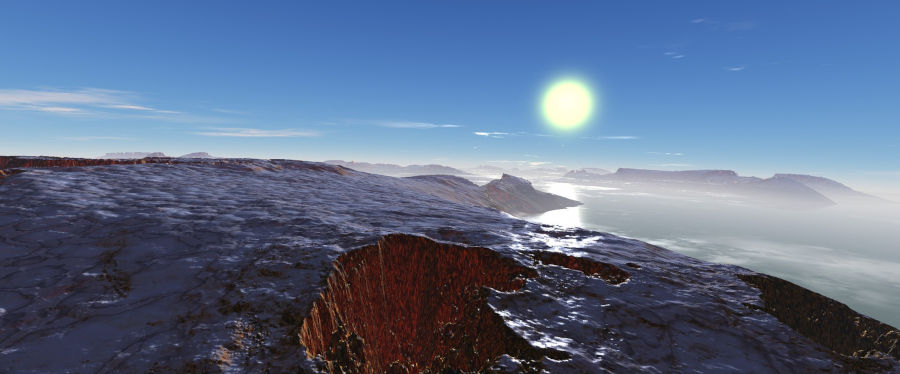
Drones for weather and environmental studies are popular. Such drones are usually equipped with many different sensors, which measure, for example, gas composition and dust pollution or remove air samples.
Such drones are usually single-part production and are designed for their individual application.
What characterizes an industrial drone?
Generally, industrial drones are powerful drones with six to eight rotors. These drones are controlled via redundant data transmission, which increases security.
The cameras are suspended by a controllable three-axis gimbal, which is usually controlled by a second controller.
Industrial drones are designed for their respective application.
Due to their heavy weight, industrial drones are often subject to other laws than amateur drones, which have to be checked for each country.
What is the future of drones?
Drones will be able to solve many tasks independently in the future. Their performance in object recognition, computing power, and load masses will rapidly increase.
Autonomous flying will become a reality in a few years, and airspaces will have their own corridors for self-flying aerial objects.
I am curious how the legal situation will change in this regard and how many aircraft must communicate with each other to ensure smooth flight operations.
